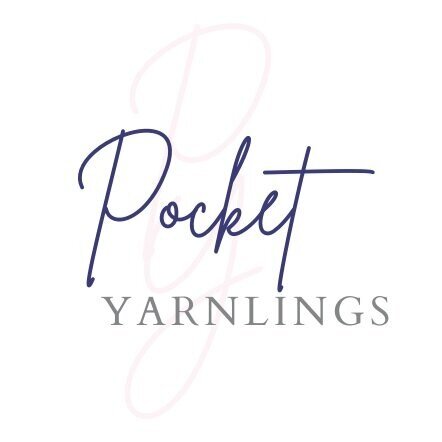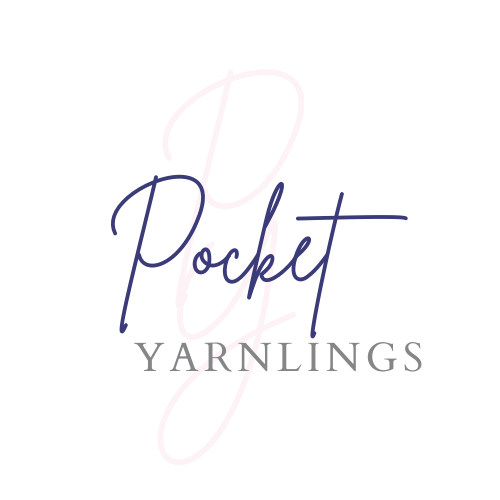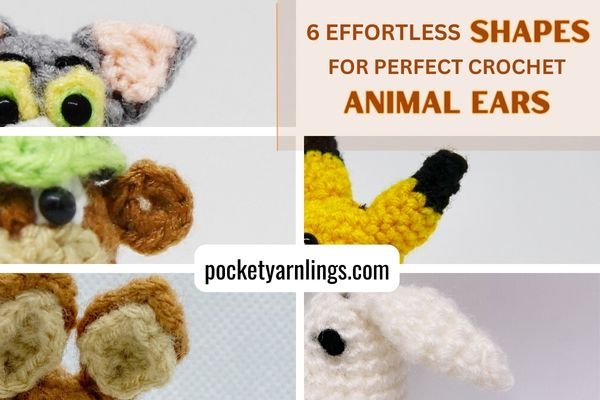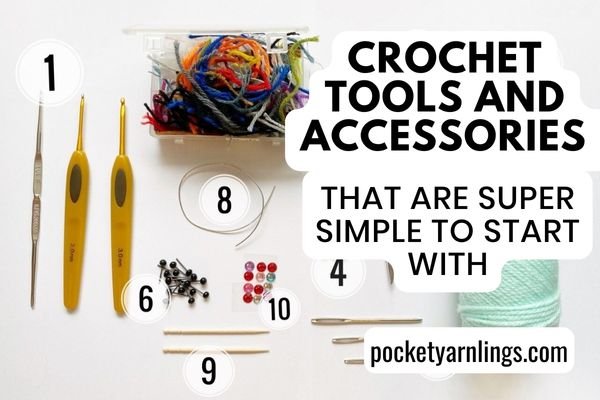How to Crochet Animals: 6 Easy Beginner Techniques for Ears, Snouts, Cheeks, Limbs & Bodies
Crocheting animals is surprisingly simple once you learn the basic shapes. Nearly every amigurumi animal—no matter how detailed it looks—is built from the same core techniques: easy ears, a small snout, rounded cheeks, simple limbs, and a soft body.
In this beginner-friendly guide, we’ll walk through each part step by step, explain the shapes involved, and link out to deeper tutorials so you can learn at your own pace.
By the end, you’ll understand exactly how crochet animals are constructed and feel confident creating your own adorable creatures from scratch.
Table of Contents Show
Introduction on How to Crochet Animals
Crocheting animals becomes much easier once you understand how each part fits together. In this guide, we’ll start from the top of the animal and work our way down. First, we’ll look at the facial features—beginning with the ears, then moving to the snout and cheeks.
After that, we’ll explore simple body shapes and finish with the different limb styles you can use. By the end, you’ll have a full overview of how crochet animals are constructed, plus deep-dive tutorials you can follow for any specific part you want to learn more about.
How to Crochet Animal Ears
Animal ears are one of the fastest ways to identify a species.
Even a simple sphere head becomes a bear, cat, bunny, or fox simply by changing the shape and position of the ears.
Here are the three most useful ear shapes for beginners:
Circle Ears
Round and flat — commonly used for bears, mice, pandas, koalas, and chubby animals.
They give a cute, friendly, gentle look.
Triangle Ears
Pointed and slightly curved — perfect for cats, foxes, wolves, and other sharp-featured animals.
They make the animal look alert or playful depending on the angle.
Oval Ears
Longer and softer — great for dogs, bunnies, donkeys, and any long-eared animal.
Oval ears can be positioned upright or floppy for personality.
Link to full tutorial:
How to Crochet Animal Snouts
Snouts help define your animal’s species and personality. Changing just the shape or length of the snout can transform a bear into a dog, a fox, or a pig. Here are the three most common snout shapes you’ll use in animal amigurumi.
Spherical snouts
Soft, rounded snouts that are perfect for bears, pigs, and other chubby-faced animals.
Cylindrical snouts
Longer tube-like shapes ideal for dogs, horses, alpacas, or any animal with an extended muzzle.
Conical snouts
Narrowed snouts that taper outward, great for foxes, wolves, and other sharp-featured animals.
Link to full tutorial:
🐽 4 Different Crochet Animal Nose Patterns to Get Started With
Free Animal Shaping Starter Guide
How to Crochet Animal Cheeks
Cheeks add instant cuteness and character to any crochet animal. By adjusting the size or placement, you can create shy animals, smiley animals, or chubby cartoon-style faces.
Spherical cheeks
Small round bumps that give the face a soft, chubby, baby-like look.
Conical cheeks
Slightly pointed cheeks that add definition and work well for stylized or expressive animals.
You can attach them with simple whip stitches or surface crochet for a seamless look.
Link to full tutorial:
How to Crochet Animal Limbs (Paws, Legs, Claws)
Animal limbs are usually made from simple shapes, and even small changes can make a huge difference in species and personality. Most animals use one of these three basic limb types:
Spherical paws or hands
Small round shapes that work well for bears, cats, and other cute or chubby animals.
Cylindrical legs
Straight tube-like shapes used for dogs, foxes, rabbits, and most four-legged animals.
Cylindrical legs with a paw/claw tip
A leg finished with a slightly wider or shaped end—perfect for animals with defined paws, hooves, or claws.
Link to full tutorial:
How to Crochet Animal Bodies
Most crochet animals use one of two basic body shapes. These simple forms create a strong foundation and can be adapted for almost any species.
Spherical bodies
A round, plush shape perfect for chubby animals like penguins, birds, bears, or any kawaii-style creatures.
Cylindrical bodies
A long, tube-like shape used for cats, dogs, foxes, ferrets, and animals with more proportional or elongated bodies.
Link to full tutorial:
📌 Pin This Guide for Later
🧶 Recommended Yarn & Hooks for Crochet Animals
The yarn you choose will affect the texture, firmness, and overall look of your crochet animals. Here are the most commonly used yarn types and hook sizes for animal amigurumi.
Cotton yarn
Great stitch definition for small animals, crisp shapes, and clean details like ears, snouts, and paws.Acrylic yarn
Soft, easy to work with, and ideal for medium-sized animals with smooth, rounded bodies.Plush / chenille yarn
Perfect for creating large, cuddly animals with a soft, velvety finish—very popular for beginner-friendly big plushies.Hook size
Use a hook slightly smaller than recommended to prevent holes between stitches.
Cotton: 2.25–3.5mm
Plush yarn: 4–6mm
Firm but even stuffing will also help keep your animal’s body and snout shapes nicely defined.
Free Animal Shaping Starter Guide
What’s Next
🧸 Easy Crochet Animals for Beginners: A Step-by-Step Guide » Try this simple beginner-friendly animal project designed to help you practice the core shapes from this guide.
🐙 Free Crochet Octopus Amigurumi Pattern »
A quick, fun creature with minimal shaping—perfect for building confidence with small animal projects.
🌊 6 Sea Animal Crochet Patterns You'll Love (From Beginner to Intermediate!) » Explore a curated collection of adorable sea creatures to make next, from simple to slightly more detailed.










